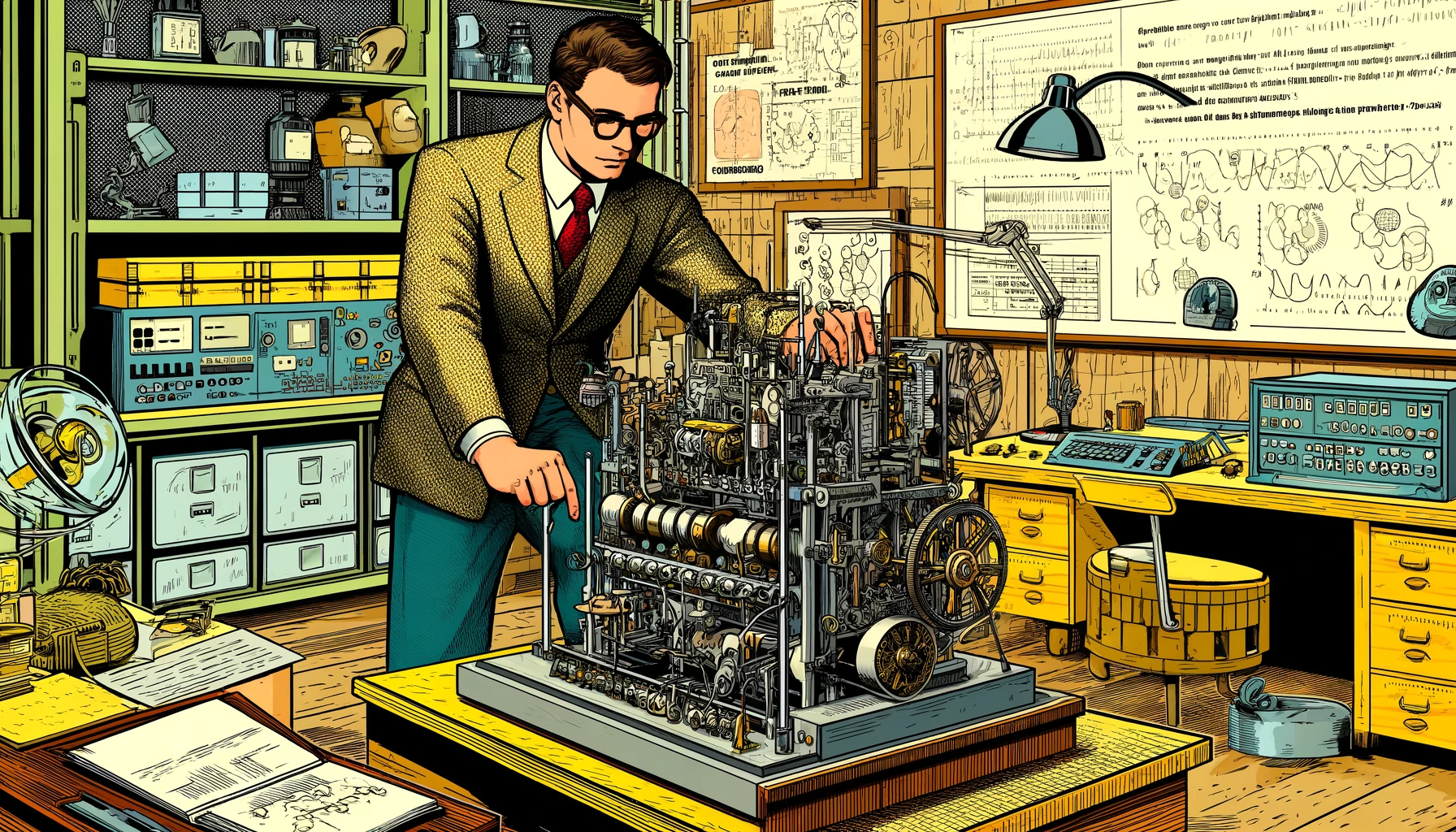In the vast realm of mathematics, there exists a profound flaw, an enigma that ensures we’ll never know everything with certainty. Picture this: the conjecture of twin prime numbers, a mystery yet unsolved. Twin primes, like 11 and 13 or 17 and 19, become scarcer as numbers ascend. The conjecture claims an infinite number of twin primes that never cease, a tantalizing notion awaiting proof.
Enter John Conway, the mathematician behind the mesmerizing “Game of Life,” a cellular automaton born in 1970. Conway, who sadly departed in 2020, designed a grid where each square cell lives or dies by two simple rules. A dead cell with three live neighbors resurrects, while a live cell with fewer than two or more than three live neighbors perishes.
Once set in motion, these rules create successive generations automatically. The game, despite its simplicity, unfolds an array of behaviors – stability, oscillation, eternal travels, and perpetual growth. Yet, the ultimate fate of a pattern in Conway’s Game of Life remains undecidable. Could you determine if it attains stability or perpetually grows? Impossible questions, revealing the profound mystery of undecidability.

Undecidability is not exclusive to the Game of Life; it permeates various systems, from Wang’s tilings to quantum physics, airline ticket systems, and even the MAGIC card game. To unravel the roots of undecidability, let’s journey back 150 years to a groundbreaking moment in mathematics.
In 1874, German mathematician Georg Cantor pioneered set theory, a discipline unveiling the complexity of infinite sets. Cantor delved into sets of numbers, contemplating the infinite expanse between natural numbers and real numbers. His exploration led to the revelation of countable and uncountable infinities, shaking the foundations of mathematics.
Fast forward to the early 20th century, where the clash between intuitionists and formalists intensified. David Hilbert, a prominent formalist, aimed to secure the foundations of mathematics through set theory. Enter Bertrand Russell, exposing a flaw in set theory known as Russell’s Paradox, a self-referential contradiction.
Amidst this mathematical upheaval, Kurt Gödel emerged in the 1930s with his incompleteness theorems. Gödel shattered Hilbert’s dream of a complete and consistent mathematical system. His theorems declared the impossibility of proving all true mathematical statements and the inability of a consistent system to prove its own consistency.
However, the quest for decidability continued, and in 1936, Alan Turing introduced the concept of a universal computing machine – the Turing machine. Turing’s machine, a mechanical entity reading an infinite tape, became a foundational idea for modern computers. Yet, Turing’s brilliance revealed another twist – the halting problem. Turing demonstrated that no algorithm could predict whether a given Turing machine would halt or run forever.
In the contemporary tech landscape, Turing completeness defines the power of computational systems. Yet, within this completeness lies the shadow of undecidability, exemplified by the halting problem’s omnipresence.
As we navigate the intricate tapestry of mathematical mysteries, we encounter a paradoxical world where truth and provability diverge. The legacy of Turing, immortalized in the foundations of computing, reminds us that while we may chart the territories of creativity and innovation, the frontiers of undecidability persist, inviting us to explore the limitless potential of our cognitive landscapes.
In conclusion, the vibrant world of technology thrives on collaboration and continuous learning. As we navigate the ever-evolving landscape of innovation, let’s remember that our collective knowledge and shared experiences are the catalysts that propel us forward. Together, we can shape a future where creativity knows no bounds, and our ideas, fueled by the spirit of exploration, transform into remarkable realities. Join hands with fellow tech enthusiasts, embrace the journey of empowerment and growth, and let’s chart new territories of creativity and innovation together.




+ There are no comments
Add yours